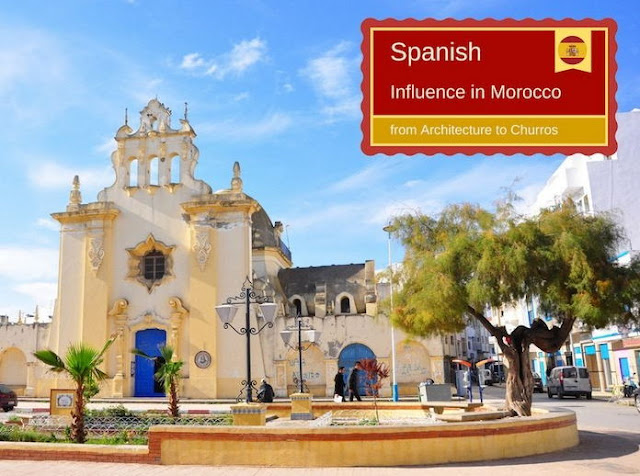Spain and Morocco: History
The importance of Morocco as a trading route between Africa and Europe is vital in its historic and cultural development. Even before the Islamic Conquest by the Umayyad Empire, the Carthaginians and Phoenicians extended their influence to the region. At the height of the Roman presence, Morocco was known as Mauretania, with Volubilis as its capital. The conversion to Islam came through the Moors who then extended their influence to Spain.Andalusia was known as El Andalus for seven centuries. Muslims greatly influenced the language, architecture, food, art and music of this region of Spain. Later, the Almoravids and Almohads continued their influence and established a rich and tolerant society. However, by 1492, the Spanish Reconquista was complete and they retreated to North Africa. Many of the Jews established in Spain, who had been welcomed by the Moors, fled to Morocco as well. The Jews were to possess a big presence and influence in Morocco, although the community is far smaller now. I even heard stories that some Jewish families in Morocco still have the key to their house in Spain.
Spain and Morocco: The Protectorate Era
In the 19th Century, European influence progressed in Morocco. With its long-held position as a key trade route, Morocco became the topic of imperial rivalries between European countries. France had established a big degree of influence in Morocco. The country also experienced internal instability and rebellions against the Sultan. In 1912, the Treaty of Fez created the French and Spanish Protectorates, designed to provide stability while protecting the kingdom’s sovereignty. The French extended their influence over most of the country, while the Spanish received a northern strip of land on the Mediterranean coast and within the south, near the Sahara. Tangier was excluded and remained an “international city”. The Spanish established their capital in Tetouan and the Spanish zone of the north expanded from Larache to beyond Melilla, including Ksar El Kebir, Asilah and Chefchaouen. In 1936, General Franco launched his conquest of the Spanish Republic from Melilla, one of the two Spanish enclaves in Morocco. Interestingly, Melilla is that the last Spanish territory to possess a statue of Franco on display.Spain and Morocco: Language & Culture
The Spanish Protectorate ended in 1956, at the same as the French one. However, the influence and cultural connection remain. In the north of Morocco, in places like Tangier and Tetouan, a lot of people speak Spanish before they speak French. Finally, Arab-Andalusian music referred to as “al moussaka al Andalusia”, maybe a lively example of this cultural connection. Initially developed in Spain, this musical tradition came back to North Africa and expanded throughout the North of Morocco.Spain and Morocco: Food & Lifestyle
The Mediterranean lifestyle of the north of Morocco is influenced by Spain. The large avenues of Tangier and Tetouan lend themselves very well to the paseo, a Spanish habit of taking a walk in the evening. Typically Spanish dishes like churros are still available in menus of the north. Even as far away as Marrakesh, there has been an interest in bocadillos, a kind of Spanish sandwich. And whilst Morocco is considered a “tea country,” you can find good coffee on the little squares in the Tangier medina.More subtly, one of Morocco’s most famous dishes has a background in Spain. Bastilla, (often pastilla or bisteeya) maybe a Moroccan pie, usually prepared for special occasions. The meat is usually chicken or pigeon, however, there are versions with fish and offal as well. Bastilla is a labor of love and a beautiful combination of sweet and salty flavors. The meat is slow-cooked in broth the day before serving and shredded before being mixed with herbs and spices. The meat is then wrapped in layers of thin werqa pastry, brushed with butter. A layer of toasted and ground almonds, cinnamon and sugar add sweetness. Many Moroccan dishes require time and patience however Bastilla is additionally an kind.



